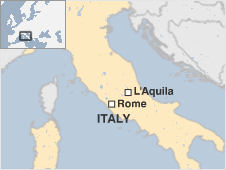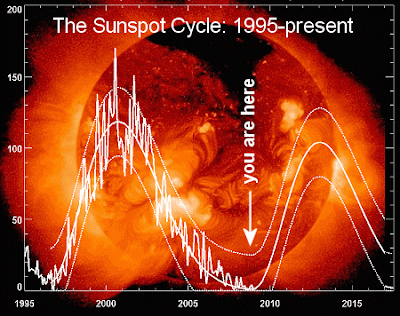
Alan, W2AEW, roams the Northeast USA as a Field Application Engineer for Tektronix. This week he sent me an e-mail with some words of wisdom about simulations and troubleshooting. Thanks Alan!
An excerpt from Alan's e-mail:
Funny you mentioned about LTSpice, and wanting to have that puff of soldersmoke whenever you place a component. It reminds me of something that I'd often tell new-hire engineers. Many times, engineers fresh out of school have never touched a resistor - they've often spent their entire education doing bookwork and simulations. I would always caution engineers about this, and try to illustrate that the simulation is only as good as the model you give it. If you ask the simulator to exercise the model in a way it wasn't designed for, it won't tell you that, it will just lie to you. YOU have to be smart enough to recognize the lie. For example, the simulator has no problem putting 10,000 amps through a 1N914A diode - it doesn't know that you'll let the smoke out of it! The simulator must be considered a tool, just as you VOM, scope, counter, finger, nose, etc. are all tools. Each can give you valuable information (and can lie to you). You have to learn to know what you can believe, and what you have to question - and you need to develop ways to look at strange behavior in a number of ways to figure out what is happening.
It reminds me of a story that
Jim Williams wrote many years ago (you mentioned Jim Williams in a previous SS episode). He described how, as a child, he was playing with circuits at his neighbor's, and using his (neighbor's) oscilloscope to examine a circuit he was working on. He was getting all kinds of strange behavior, and couldn't make heads or tails of what he was seeing with the scope, VOM, etc. The neighbor (who was definitely afflicted with the Knack) came by and, with moistened fingers, probed around in his circuit for a few minutes. He then grabbed a small value capacitor and soldered it judiciously in the circuit, and everything worked fine. Jim was flabergasted and demanded an explanation. The neighbor said that he suspected that the circuit was oscillating at several hundred MHz, and used his finger's capacitance/loss/etc. to damp this behavior. He continued to explain that since the oscillation frequency was so high, the scope couldn't "see" it. Jim complained that this "wasn't fair"! The neighbor concluded the lesson about how important it is to not-only understand what our tools can do for us, but it is really more important to understand their limitations - because it is when we ask a tool to do something that it can't do, it often won't complain, it will lie. The same holds true for nearly every tool we use, and is a lesson well learned. This story is included in his chapter entitled "Should Ohm's Law Be Repealed?" in his book, "
Analog Circuit Design: Art, Science and Personalities" from 1991.
Alan has a lot of great stuff on his web site. Check it out:
http://www.qsl.net/w2aew/
 I got into WSPR because I wanted to one day walk into my shack and be greeted by a Google map with big long lines showing my milliwatt signal stretching bravely across various oceans. That hasn't really happened yet, but I got a taste of it this morning courtesy of OY3JE's WSPR station. Jan lives in the Faroe islands, about 1600 miles from me. Last night at around 2300 UTC my 18 mw WSPR signal made it to Jan's location. I was 29 db below the noise. Thanks Jan!
I got into WSPR because I wanted to one day walk into my shack and be greeted by a Google map with big long lines showing my milliwatt signal stretching bravely across various oceans. That hasn't really happened yet, but I got a taste of it this morning courtesy of OY3JE's WSPR station. Jan lives in the Faroe islands, about 1600 miles from me. Last night at around 2300 UTC my 18 mw WSPR signal made it to Jan's location. I was 29 db below the noise. Thanks Jan! 







































